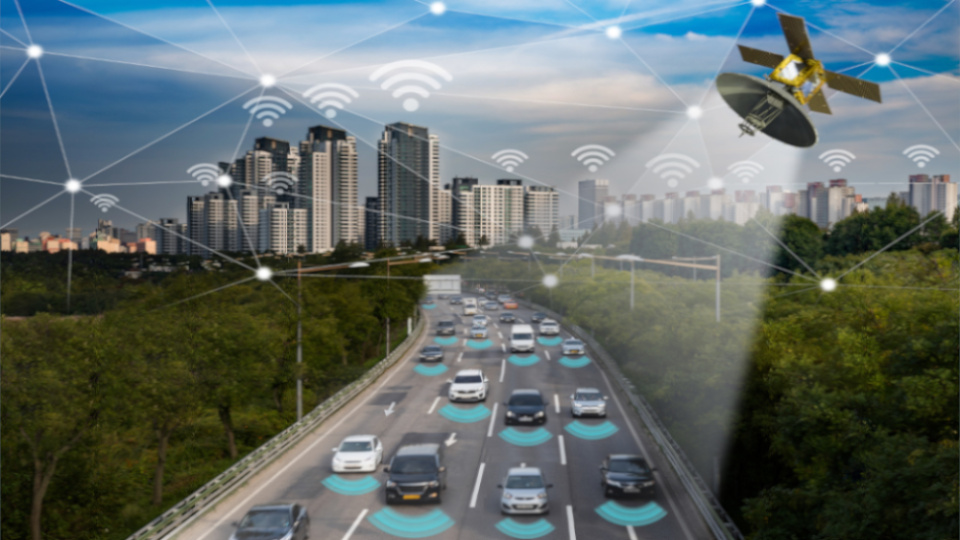WP5 - Intelligent Transport Systems/Cyber-Physical System Communication
Dernière mise à jour :
 In the context of intelligent transport systems, having a global architecture that ensures a better quality of collective perception is a major challenge for the implementation of future C-ITS services such as services for autonomous vehicles. Some of these services require a finer control on network latency, reliability and expected performance (plus SDN and NFV technologies). This work package focuses on improving the resilience of the increased collective perception of connected autonomous vehicles.
In the context of intelligent transport systems, having a global architecture that ensures a better quality of collective perception is a major challenge for the implementation of future C-ITS services such as services for autonomous vehicles. Some of these services require a finer control on network latency, reliability and expected performance (plus SDN and NFV technologies). This work package focuses on improving the resilience of the increased collective perception of connected autonomous vehicles.
The objective here is to study different V2X communication services for C-ITS and the new technological paradigms introduced in the ITS G5 and 5G standards (SDN, NFV, virtualization, slicing, Mobile Edge Computing, ...), to propose a resilient architecture and efficient algorithms to ensure a good quality of collective and augmented perception for connected autonomous vehicles. This architecture is be used to make the information processed by the vehicles and infrastructures more reliable. In addition, it would be possible to deal with intrusion attempts in the event that a vehicle or malicious equipment deliberately sends false information. First we want to analyse the resilience mechanisms available in ITS architectures and to study the contribution of virtualization mechanisms for 5G network functions (NFV, SDN, Slicing, Mobile Edge Computing) in supporting collective and augmented perception while ensuring low latency and high reliability. Then we want to explore new architectures demonstrating collective and augmented perception for connected autonomous vehicles, with focus on low communication latency and high reliability. This is envisaged on roundabouts, and rail-road crossings.
In addition, autonomous systems and in particular intelligent transports pose new and fundamental ethical and legal questions. And their understanding is a prerequisite for the massive deployment of these technologies. There are 2 main challenges for autonomous vehicles:
- Autonomous vehicles require using a large amount of data, mostly shared with many parties. Law and technique have to concur to address the risks generated by the multiplication of connected objects, especially for the capturing and usage of personal data.
- Autonomous vehicles raise questions about civil liability for damages and even criminal liability. Who is responsible in case of a car accident caused by the IA?
The current fault-based liability regimes may leave the user-in-charge absolved of any liability. So new legal approaches are needed to authorise autonomous vehicles on our roads.
Teams involved
LABRI - Intelligent Transport Chair / IRDAP / IRGO

